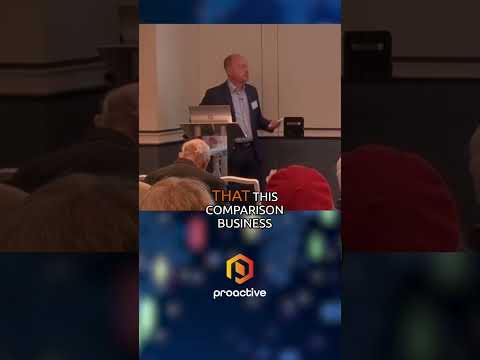Influencer marketing has experienced remarkable growth and transformation over the past five years. What once began as a niche marketing tactic involving a handful of social media stars has now become a mainstream strategy used by brands of all sizes. This evolution has been driven by changes in technology, consumer behavior, and the growing trust between influencers and their audiences. In this video, we’ll take a deep dive into the key ways influencer marketing has evolved and what that means for brands today.
One of the biggest changes is the rise of micro and nano-influencers. While brands initially focused on celebrities and mega-influencers with millions of followers, many are now realizing the value of partnering with smaller influencers who have highly engaged, niche audiences. Micro and nano-influencers often provide more authentic interactions, which can lead to higher engagement rates and more trust from their followers. These partnerships are often more affordable and allow brands to target specific demographics more effectively.
The past five years have also seen a significant shift toward video content, with platforms like TikTok, Instagram Reels, and YouTube dominating the influencer space. Short-form videos, in particular, have revolutionized how influencers engage their audiences, providing dynamic, interactive content that can quickly go viral. Video content allows influencers to demonstrate products in action, share authentic experiences, and create entertaining narratives that resonate with viewers, making it an essential tool in modern influencer campaigns.
Another major development is the growing focus on data and performance tracking. As influencer marketing budgets have increased, so has the demand for measurable ROI. Brands are now using advanced tools and platforms to track engagement, conversions, and sales generated by influencers. This shift has made influencer marketing more accountable and results-driven, allowing companies to make data-informed decisions and optimize their campaigns for maximum impact.
Lastly, authenticity has become the cornerstone of successful influencer marketing. Audiences today are more discerning and can spot inauthentic endorsements a mile away. In response, influencers are becoming more selective about the brands they work with, ensuring that partnerships align with their personal values and resonate with their followers. This push for authenticity has forced brands to focus on creating meaningful, long-term relationships with influencers rather than one-off promotional posts.
In conclusion, influencer marketing has evolved into a highly strategic, data-driven, and authenticity-focused industry. As platforms, content formats, and consumer expectations continue to evolve, brands must stay agile and adapt to the changing landscape to remain competitive. Understanding these shifts will help businesses create more impactful influencer marketing campaigns in the years to come.
#InfluencerMarketing #DigitalMarketing #MicroInfluencers #VideoMarketing #TikTokMarketing #InstagramReels #ContentCreation #SocialMediaMarketing #MarketingStrategy #InfluencerTrends #DataDrivenMarketing #BrandAuthenticity #OnlineMarketing #MarketingEvolution #InfluencerCampaigns









![Scheduling Instagram Reels: The Complete Guide [Video]](https://corporatemarketingready.com/wp-content/uploads/2024/11/mp_385381_0_schedulinginstagramreels1202411206725529webp.jpg)
![Chiefs President Denies Taylor Swift and Travis Kelce Relationship Is Fake [Video]](https://corporatemarketingready.com/wp-content/uploads/2024/11/mp_385541_0_traviskelcetaylorswift020524tout8a2ffb28b78d418cae7e2939c0fa4713jpg.jpg)
![New Zenler Tutorial [Marketing Funnel Training] in 15 Minutes [Video]](https://corporatemarketingready.com/wp-content/uploads/2024/11/mp_384337_0_0jpg.jpg)

